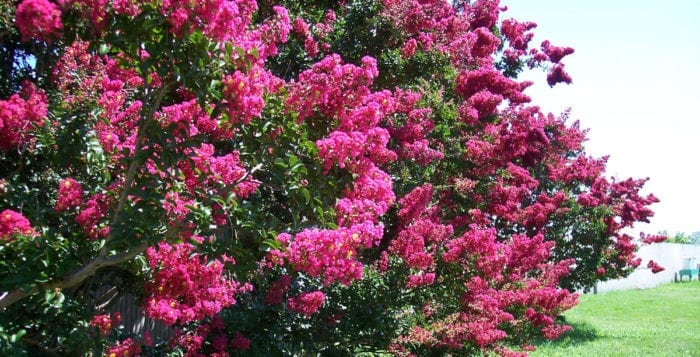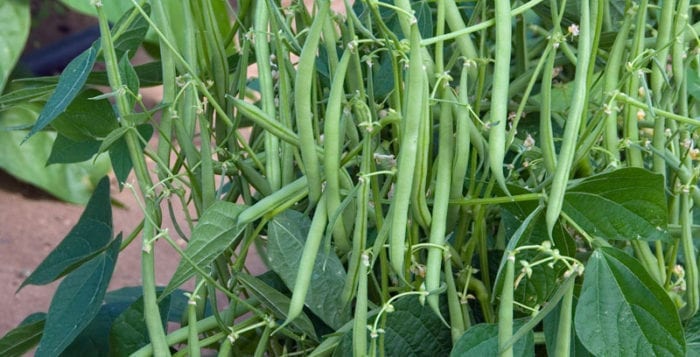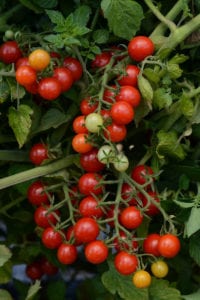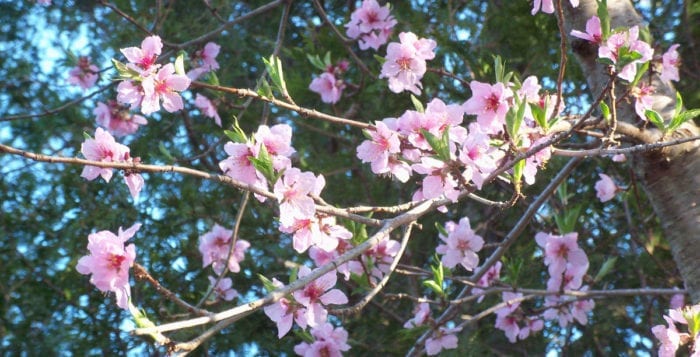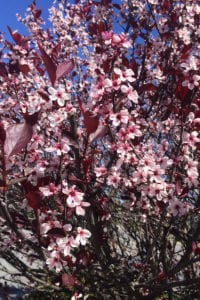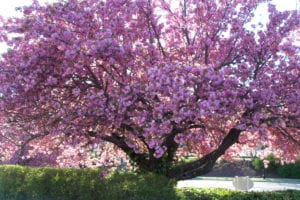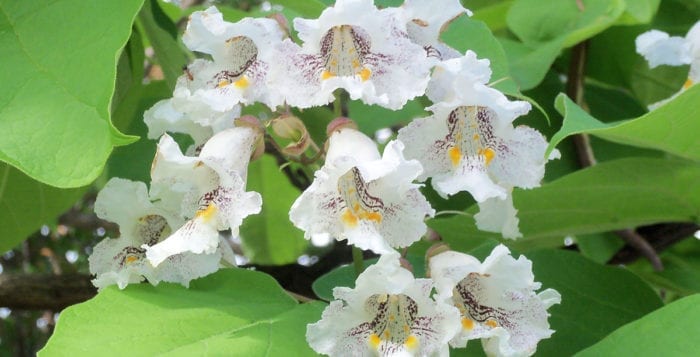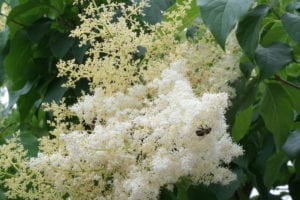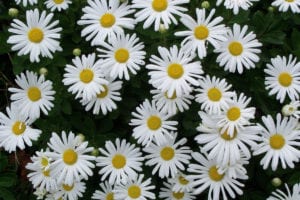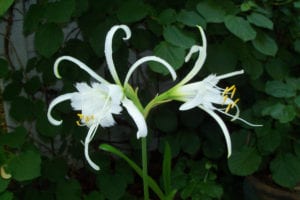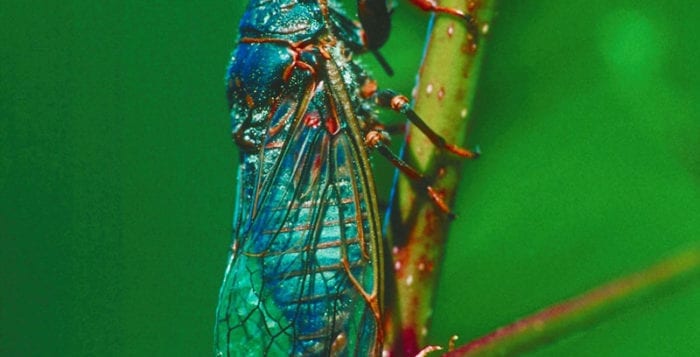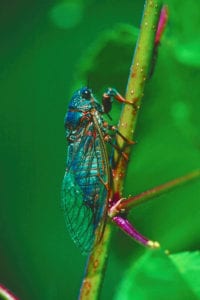By Ellen Barcel
There’s an old saying, “to plant a garden is to believe in tomorrow.” When the weather turned cold last autumn, I believed in tomorrow, that is, next spring, and believed that my plants going dormant would grow again as the weather warmed.
Well, going outside this spring, and looking at my plants with their new little green buds, I was particularly concerned that my beautiful crape myrtle showed no signs of life. As time went by, it became obvious that the plant didn’t survive. Although associated with the southern part of the country, the variety I planted was supposed to be cold hardy on Long Island, as it was rated for U.S. Department of Agriculture hardiness zone 6 and Long Island is zone 7. In addition, it had survived the previous two extremely cold winters — remember the polar vortex? So, why did it die?
The most likely answer is cold damage. I had noticed last summer that the plant didn’t look as healthy as it had in previous years. When temperatures drop below 10 degrees for any length of time, crape myrtle tends to die back down to the ground. By mid-May the plant should have begun sprouting, at least from the ground, but, it’s been a cool spring, so it’s possible that the recovery was just slow. As the warm weather really arrived, however, it still showed no signs of growth. That means that the roots died and the plant needed to be replaced.
To replace crape myrtle with more cold-tolerant varieties, there are some which are cold tolerant to zone 5. Consider:
— Pure white: ‘Natchez,’ which reaches 18 feet, or ‘Kiowa,’ which is considerably smaller at six to eight feet
— Deep red: ‘Okmulgee’ at eight feet; ‘Cherokee’ also at eight feet; ‘Tonto’ at just six to eight feet
— Lavender: ‘Zuni’ at 10 feet tall; ‘Blue Lavender’ at 16 feet; ‘Catawba,’ darkest violet purple; and ‘Apalachee, 20 feet, a pale lavender
— Watermelon or coral: ‘Tuskegee’ reaches 25 feet; ‘Miami’ also at 25 feet; ‘Comanche’ at 16 feet
— Pink: ‘Choctaw at 20 feet; ‘Hopi’ at just 8 feet tall
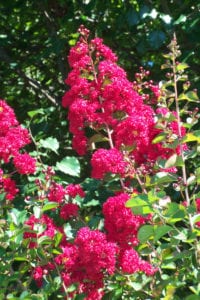
Note that the maximum heights indicated above refer to plants that have not died back to the ground over the winter. A crape myrtle that has the potential to reach 20 feet, will only do so if the top part of the tree doesn’t suffer from winter-kill.
Crape myrtle bloom in mid to late summer with a stunning array of flowers. Some varieties are bushier and some more tree-like. Once established they can tolerate some drought, but prefer a warm, humid climate. You’ll get the most flowers if planted in full sun. They do well in most soil types but prefer slightly acidic soil. Prune your crape myrtle in spring, removing any dead branches. Also remove succors during the growing season if they develop on tree-like plants. Some develop fungal diseases (powdery mildew or leaf spot). If yours develops any of these diseases, use an appropriate fungicide. The problem of root rot is usually not anything to be concerned about with our sandy soil, which easily drains.
Winter-kill affects many other plants, particularly Hydrangea macrophylla, which frequently die back to the ground in a very cold winter. The older varieties produce flowers on old wood; so if yours has died back to the ground, you’ll have lots of green leaves in summer but no flowers. When replacing old H. macrophylla, look for reblooming hydrangeas like ‘Endless Summer,’ which blooms on both old and new wood.
In a future column, we’ll take a look at other reasons why plants die unexpectedly. So, where am I off to now? A local nursery to replace my crape myrtle.
Ellen Barcel is a freelance writer and master gardener. Send your gardening questions to [email protected]. To reach Cornell Cooperative Extension and its Master Gardener program, call 631-727-7850.

